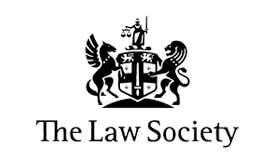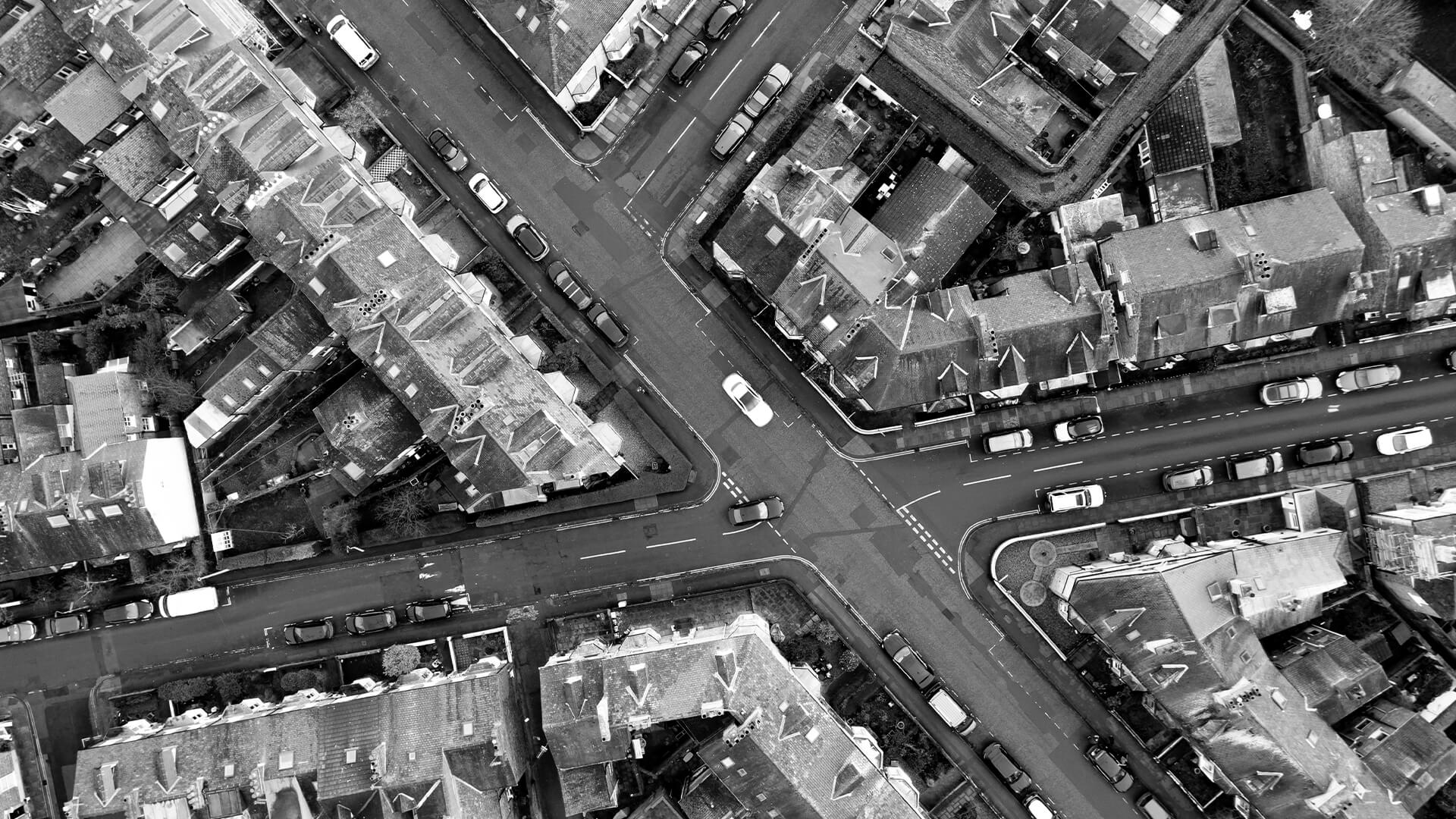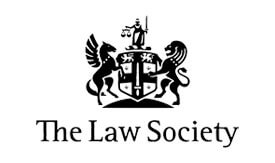Non-disclosure, or confidentiality agreements are designed to protect the business from disclosure of information that has been shared for a specific purpose. It allows sharing vital trade information between business partners or with employees and prevents it from being passed to someone else.
Non-disclosure agreements can cover such information as formulas, computer programmes, designs, business plans, customer lists. It is a relatively cheaper way to protect your business ideas.
Information will qualify as confidential and is valuable only when it is not known to the public.
Non-disclosure agreements can be entered into with the potential partners, employees, suppliers, consultants and other business parties and can be tailored to a particular situation.
Various types of non-disclosure agreements include:
Non-disclosure agreements for employees
These are often the most important as employees are responsible for a large number of confidentiality breaches. Specifying what information is confidential and setting it out in clear terms might be highly beneficial. A good idea would be to include a provision specifying what happens when the employee leaves.
Precedent confidentiality agreement
This type is used in mergers and acquisitions deals. This agreement will protect the trade secrets of the target company if the prospective buyer changes his mind.
One-way/two-way non-disclosure agreements
A one-way non-disclosure agreement is used in situations where one company is sharing information and the other should keep it confidential. A two-way non-disclosure agreement is entered into when both companies are sharing confidential information with each other and want to ensure that neither side will disclose it.
Special attention should be paid to the non-disclosure agreements with a public body, because any information provided may fall under the scope of the Freedom of Information Act 2000 and therefore may be publicly accessed.
Some of the crucial provisions that should be carefully considered include the subject of the agreement (confidential information protected by the agreement), the term (duration) of the agreement, penalty clause (fixed amount of compensation for the breach of the agreement). Other important terms that could be detailed include how the information can be used and specific restrictions on the use of information.
For further protection, a company policy dealing with the use and disclosure of the confidential information should be put in place.
In order to make your position in case of the legal action stronger, the number of people with access to confidential information should be limited and up-to-date cyber security systems should be put in place.













